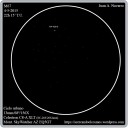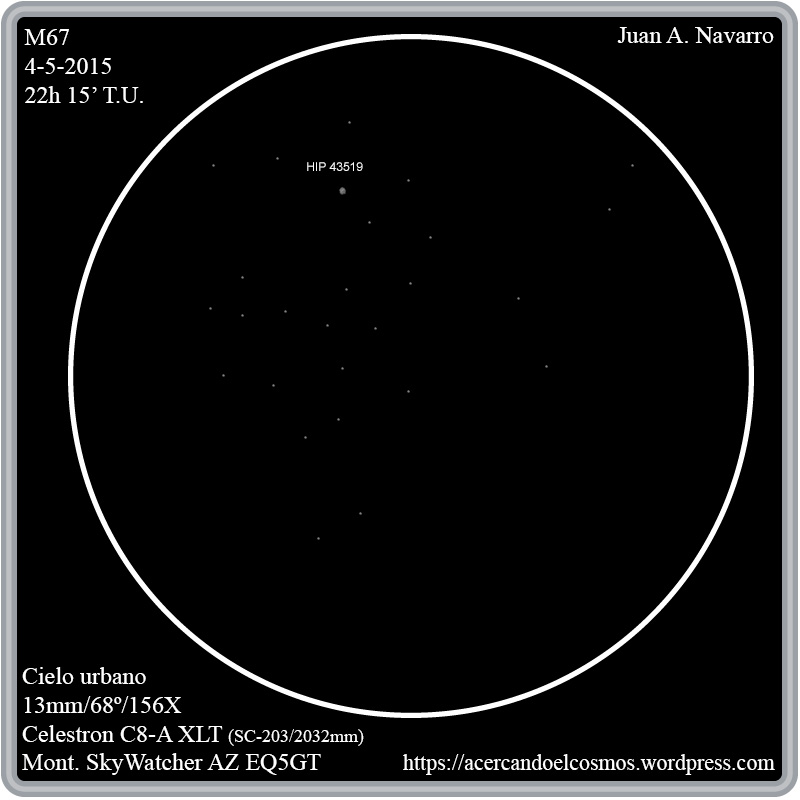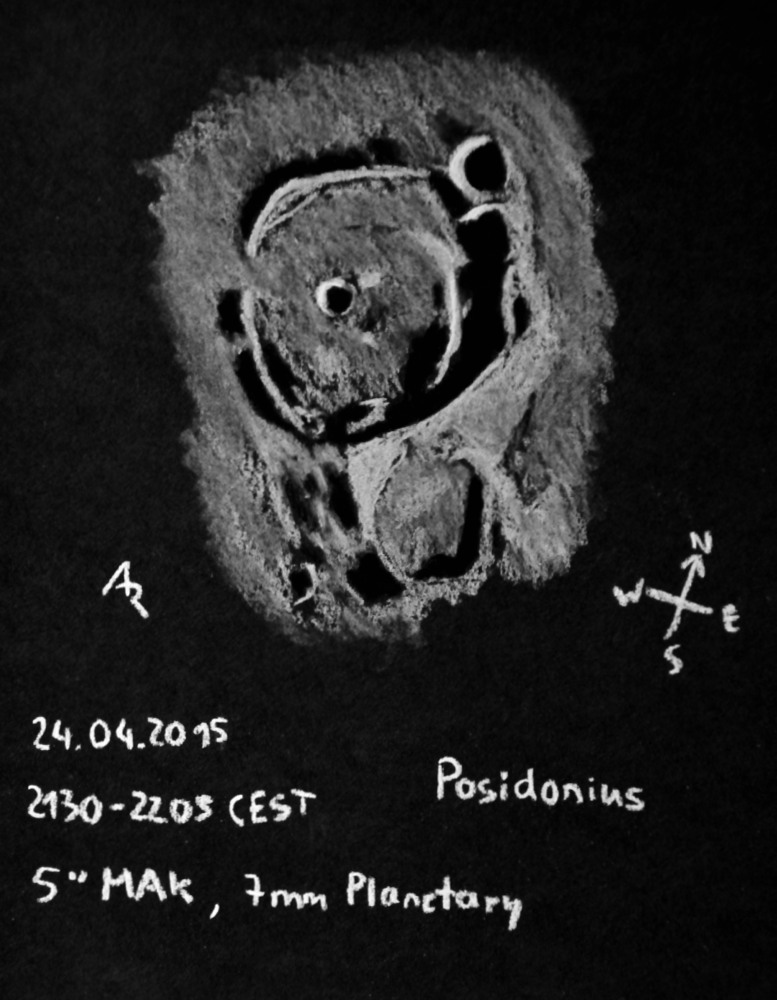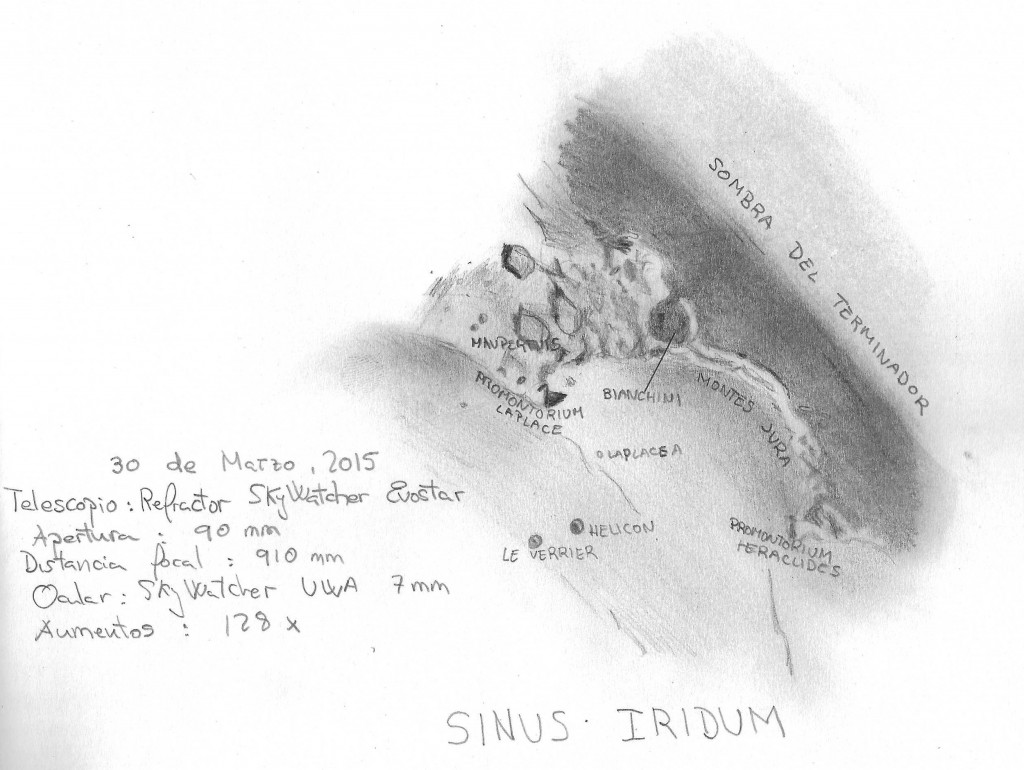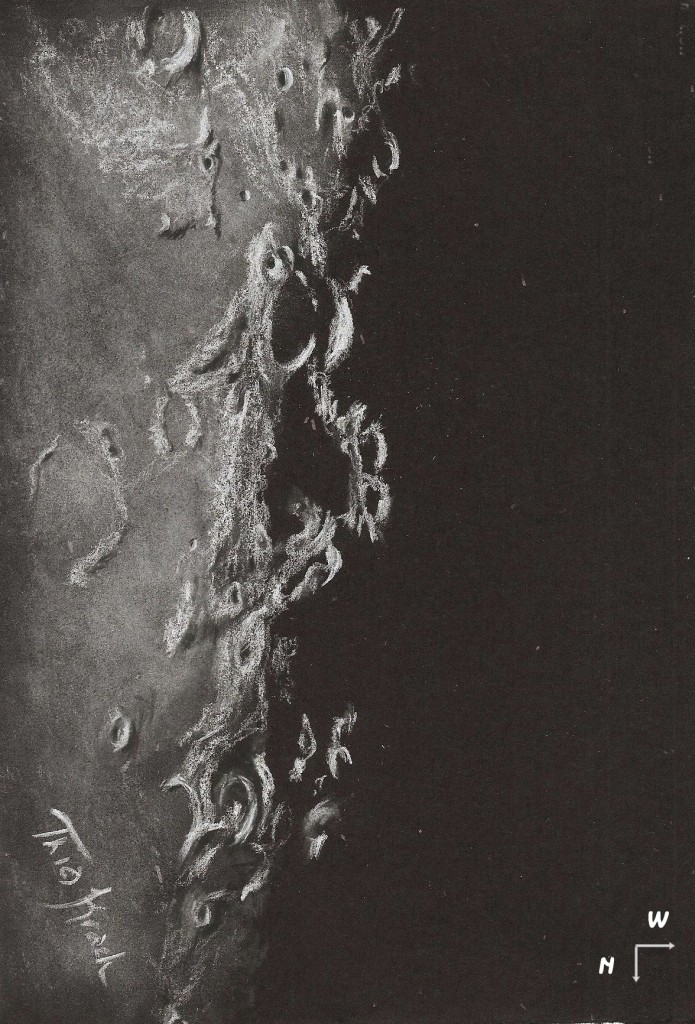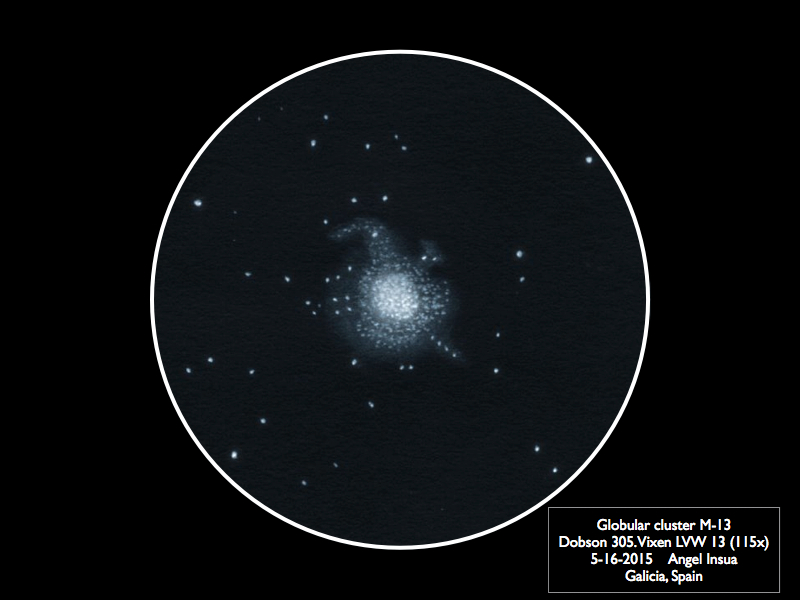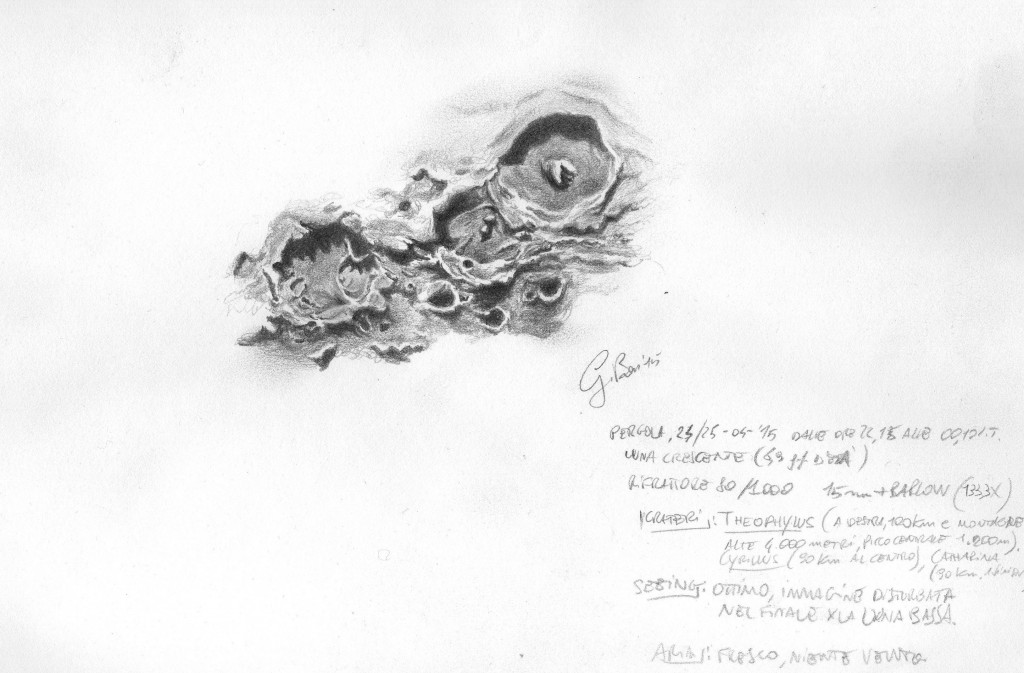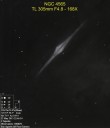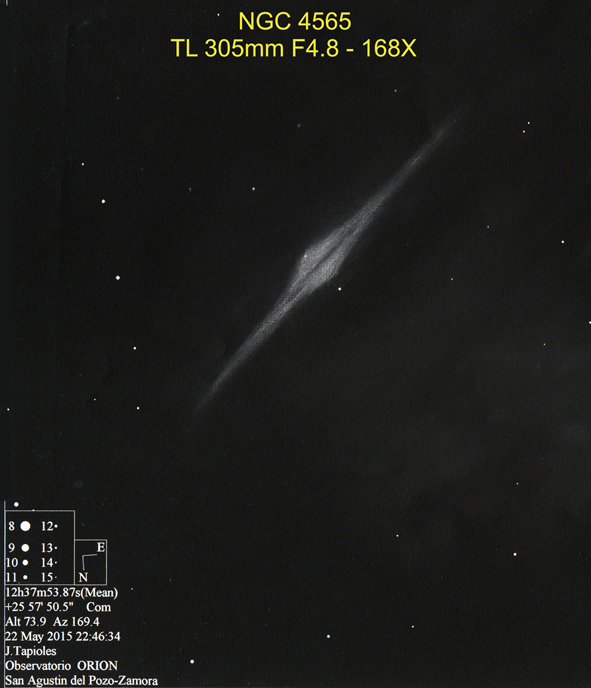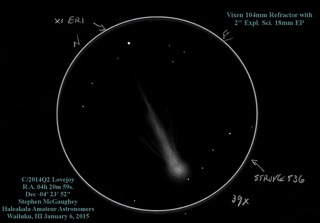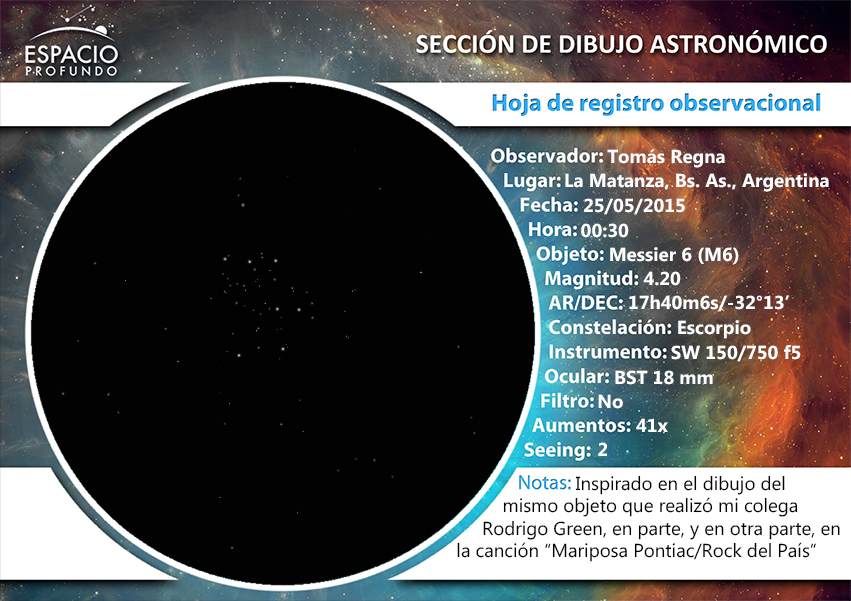
Hi ASOD!
On May 25th, I’ve sketched a famous, nice object: Messier 6, or “Butterfly Cluster”, a beautiful cluster near the end of the Scorpion, celebrating a historical date in Argentina: 205 years ago, argentinians started to organize a revolution against the Spanish Empire which succeed and helped a lot to declare our Independence six years after that initial revolution, now called “Mayo’s Revolution”, which happened on May 25th, 1810.
I used a newtonian telescope SW 150/750 f5, graphite pencils 4B, 2B and HB, on a white paper, and then edited with Photoshop tool.
As for the title, it’s the name of a famous argentinian rock song, called “Mariposa Pontiac/Rock del País” (translated: Pontiac Butterfly/Country’s Rock), from a very famous band here, “Los Redondos”.
Hope you like it!
Tomás

